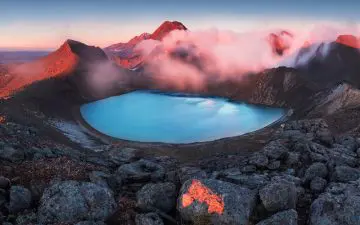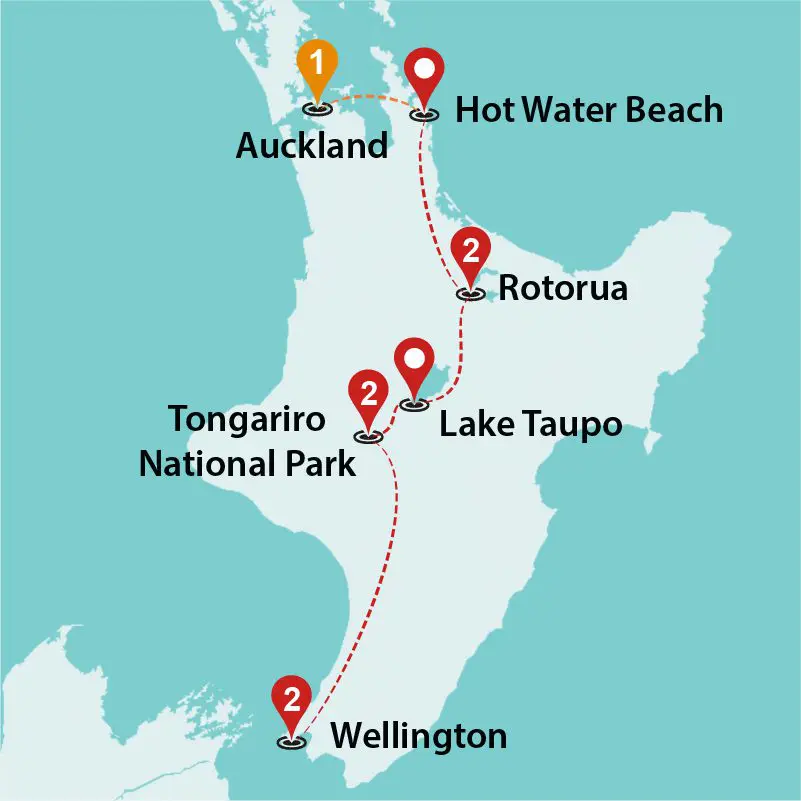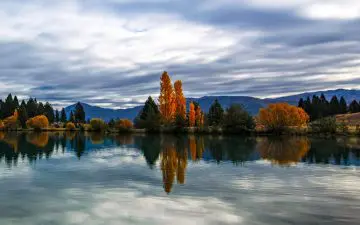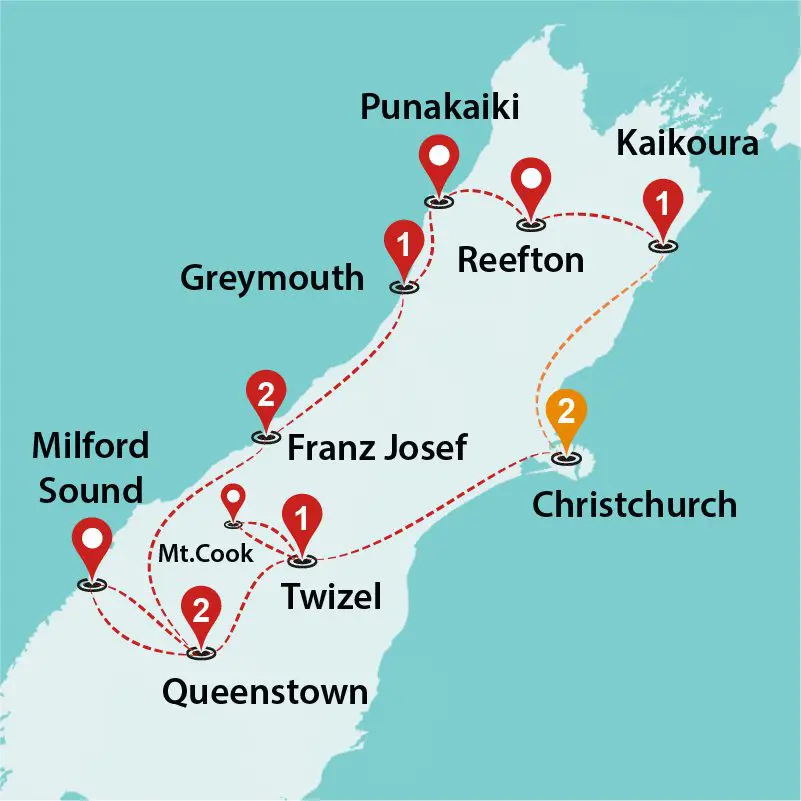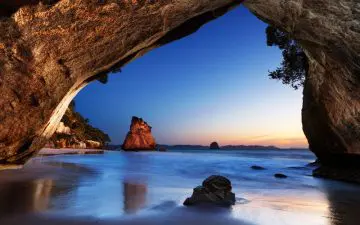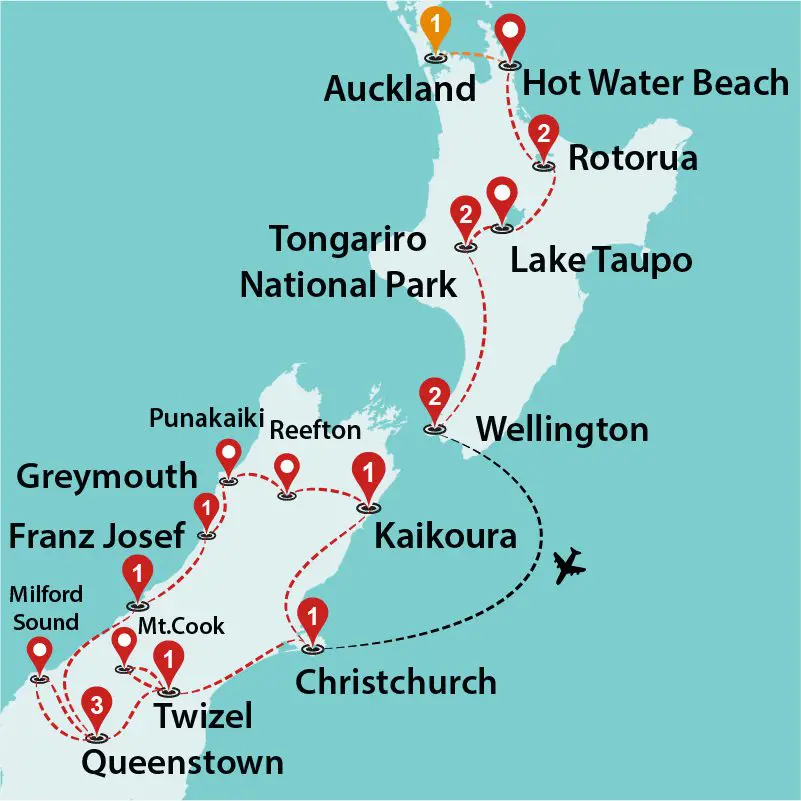Best Time To Visit New Zealand
The best time to visit New Zealand is during its spring (September to November) and autumn (March to May). During these seasons, the weather is generally mild, and the landscapes are adorned with vibrant colors. Spring brings blooming flowers and newborn wildlife, while autumn showcases stunning foliage.
Spring (September to November): Visiting New Zealand in the spring is a delightful experience marked by blooming flowers, mild temperatures, and a sense of renewal. From September to November, the landscapes burst into color with vibrant blossoms, making it an ideal time for nature lovers and photographers.
Autumn (March to May): Visiting New Zealand in the fall, from March to May, is a captivating experience marked by crisp air, stunning foliage, and a sense of tranquility. As temperatures begin to cool, the landscapes transform with vibrant hues of red, orange, and gold, creating a picturesque setting. Fall is an excellent time for outdoor enthusiasts to explore the country’s diverse natural beauty, from the golden beaches of the North Island to the dramatic fjords of the South Island.
Summer and Winter:
Visiting New Zealand in the summer, from December to February, is a sun-soaked adventure with long daylight hours and a plethora of outdoor activities. Warm temperatures invite beach days, hiking in lush landscapes, and exploring the country’s pristine lakes and coastal areas. Summer is also the prime season for water sports and cultural events.
Experiencing New Zealand in the winter, from June to August, transforms the landscapes into a winter wonderland. The South Island’s alpine regions become a haven for snow enthusiasts, offering world-class skiing and snowboarding.
Why You Should Visit New Zealand: Visiting New Zealand is an unparalleled adventure, offering a diverse tapestry of breathtaking landscapes and warm, welcoming communities. Renowned for its stunning fjords, pristine beaches, and majestic mountains, the country provides a haven for outdoor enthusiasts and nature lovers.
Things to Consider: When visiting New Zealand, consider the country’s diverse climates and pack accordingly, as weather conditions can vary widely between regions. Take advantage of the extensive network of hiking trails, and explore the stunning landscapes, from the geothermal wonders of the North Island to the alpine scenery of the South Island. Respect the indigenous Maori culture and immerse yourself in unique experiences like a traditional haka performance or a hangi feast.
Monthly Travel Guide For New Zealand
Travelling in New Zealand from September to November
Traveling to New Zealand from September to November offers a delightful experience characterized by the arrival of spring. During this period, the weather gradually transitions from the cooler winter months to milder temperatures, with blossoming flowers and lush landscapes.
Spring is an ideal time for outdoor enthusiasts, as hiking trails come alive with vibrant colors, and the entire country seems to rejuvenate.
While some regions may still experience occasional rain, overall, the weather is pleasant, making it an excellent time for activities like hiking, cycling, and wildlife spotting.
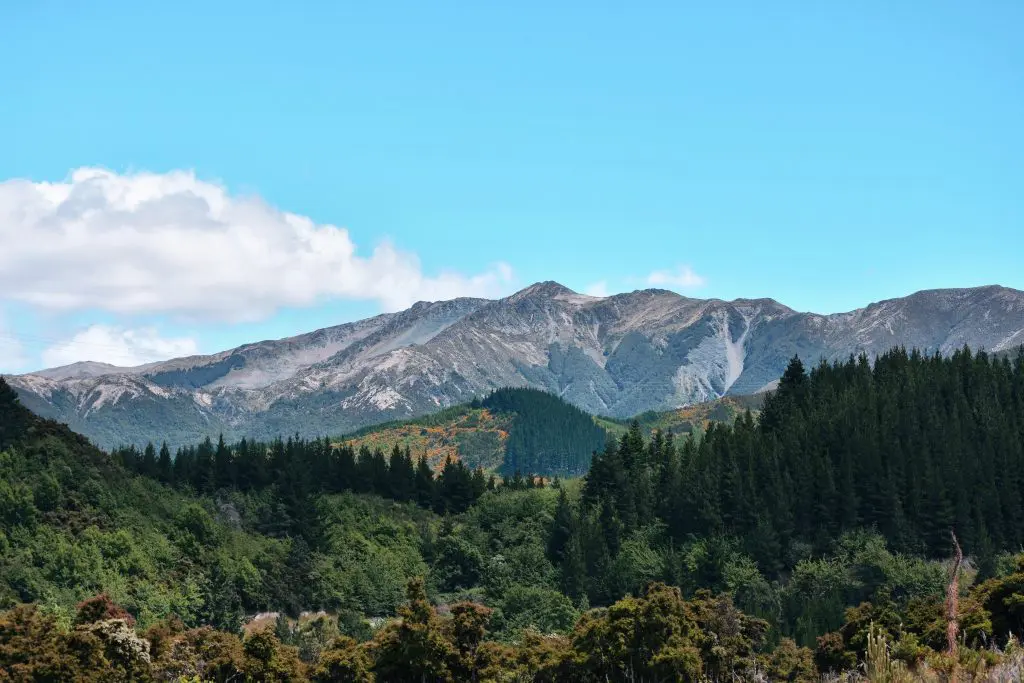
Travelling in New Zealand from December to February
Traveling to New Zealand from December to February corresponds to the Southern Hemisphere’s summer, offering a warm and vibrant experience. During these months, the country basks in longer daylight hours and enjoys pleasant temperatures, making it an ideal time for various outdoor activities.
Summer is synonymous with clear skies and a lively atmosphere, attracting crowds to popular destinations. The beaches, particularly on the North Island, become hubs for water sports and sunbathing, while the South Island showcases its stunning alpine scenery.
December to February is the peak tourist season, meaning popular attractions and accommodations may be more crowded.
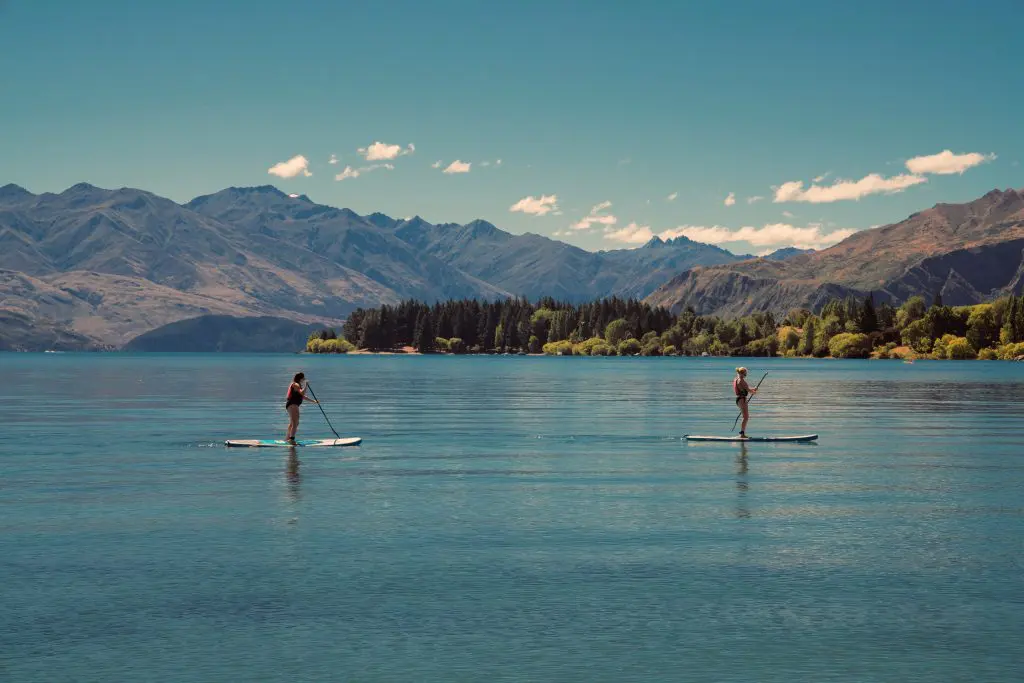
Travelling in New Zealand from March to May
Traveling to New Zealand from March to May provides a wonderful experience as the country transitions from summer to autumn. During these months, New Zealand enjoys pleasant temperatures and a mix of vibrant autumnal colors, creating a visually stunning landscape.
March to May is considered the shoulder season, resulting in fewer crowds compared to the peak summer months. Autumn is the harvest season, presenting an opportunity to indulge in the country’s excellent wines and culinary delights.
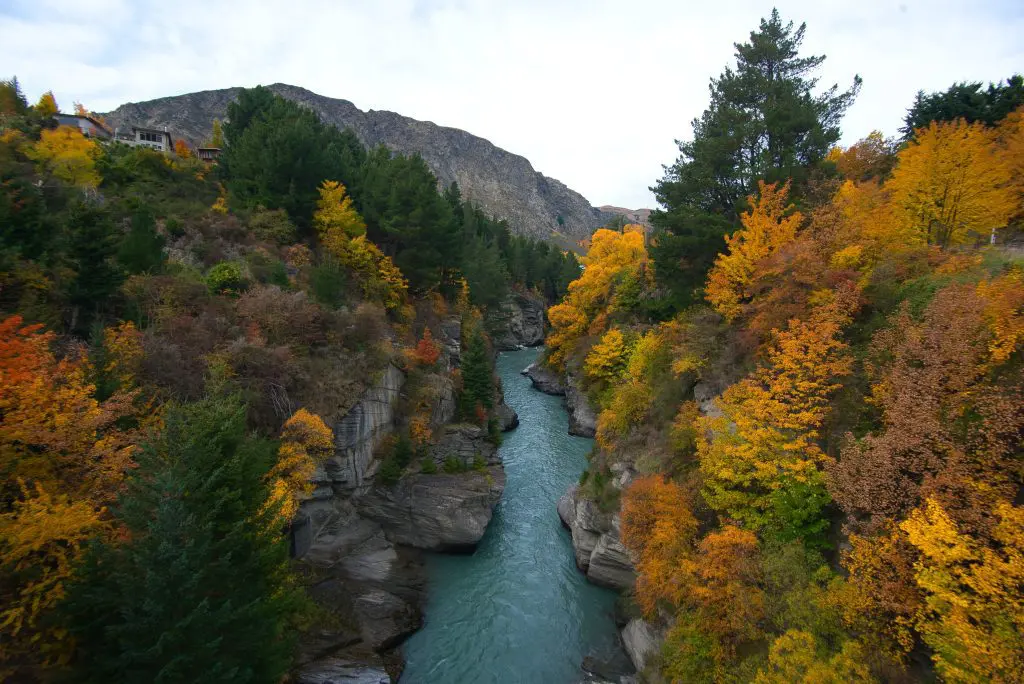
Travelling in New Zealand from June to August
Traveling to New Zealand from June to August corresponds to the Southern Hemisphere’s winter, offering a unique and enchanting experience. During these months, the country transforms into a winter wonderland, especially in the South Island’s alpine regions.
Snow-covered landscapes create a picturesque setting, inviting winter sports enthusiasts to explore world-class ski resorts and enjoy activities like snowboarding and heli-skiing. While temperatures can be cooler, especially in the South, winter in the North Island remains relatively mild, providing opportunities for exploring cities and experiencing Maori culture.
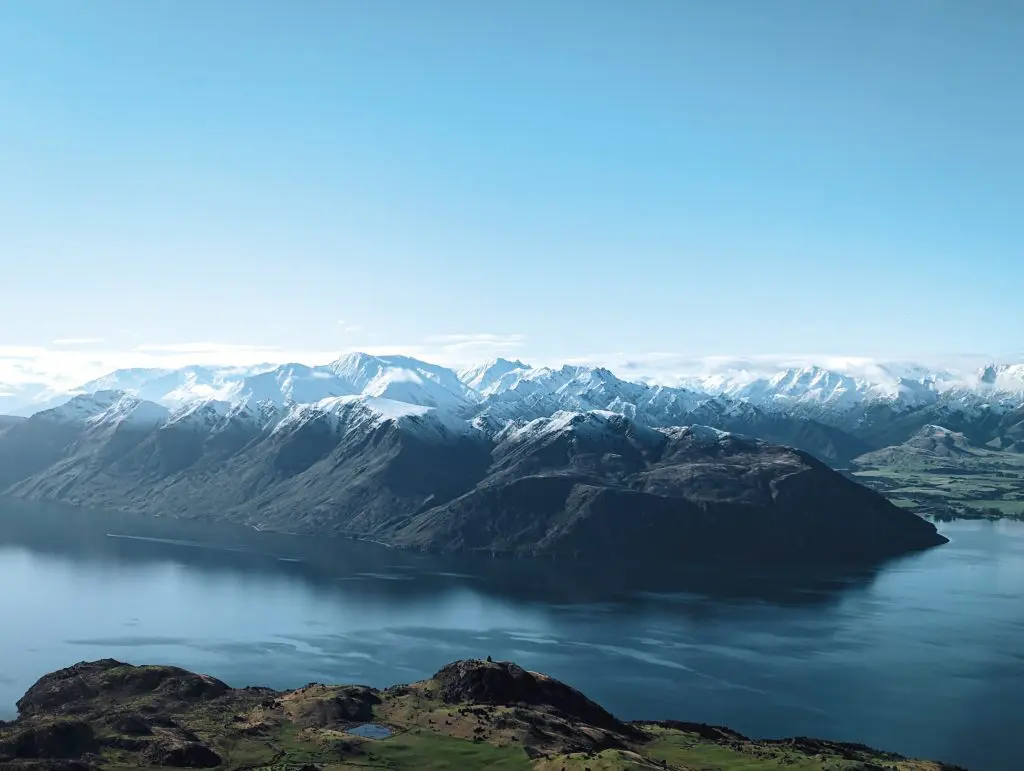
New Zealand Climate & Weather Guide
| Region | Jan | Feb | Mar | Apr | May | Jun | Jul | Aug | Sep | Oct | Nov | Dec |
|---|---|---|---|---|---|---|---|---|---|---|---|---|
| Colombo | 30°C | 30°C | 31°C | 31°C | 30°C | 30°C | 29°C | 29°C | 29°C | 29°C | 29°C | 30°C |
| Anuradhapura | 29°C | 31°C | 33°C | 34°C | 33°C | 34°C | 33°C | 33°C | 33°C | 32°C | 30°C | 29°C |
| Sigiriya | 29°C | 31°C | 34°C | 35°C | 34°C | 34°C | 34°C | 34°C | 34°C | 33°C | 31°C | 29°C |
| Kandy | 28°C | 30°C | 31°C | 31°C | 30°C | 29°C | 29°C | 29°C | 30°C | 30°C | 28°C | 28°C |
| Nuwara Eliya | 25°C | 26°C | 28°C | 28°C | 27°C | 27°C | 27°C | 27°C | 27°C | 26°C | 25°C | 25°C |
| Polonnaruwa | 29°C | 31°C | 34°C | 35°C | 34°C | 34°C | 34°C | 34°C | 34°C | 33°C | 31°C | 29°C |
| Dambulla | 29°C | 31°C | 34°C | 35°C | 34°C | 34°C | 34°C | 34°C | 34°C | 33°C | 31°C | 29°C |
| Region | Jan | Feb | Mar | Apr | May | Jun | Jul | Aug | Sep | Oct | Nov | Dec |
|---|---|---|---|---|---|---|---|---|---|---|---|---|
| Colombo | 86°F | 87°F | 88°F | 88°F | 87°F | 86°F | 85°F | 85°F | 85°F | 85°F | 85°F | 86°F |
| Anuradhapura | 85°F | 89°F | 93°F | 94°F | 91°F | 90°F | 91°F | 92°F | 92°F | 90°F | 86°F | 84°F |
| Sigiriya | 85°F | 89°F | 94°F | 95°F | 94°F | 94°F | 94°F | 94°F | 94°F | 93°F | 88°F | 85°F |
| Kandy | 73°F | 75°F | 77°F | 78°F | 77°F | 75°F | 75°F | 75°F | 75°F | 75°F | 75°F | 73°F |
| Nuwara Eliya | 77°F | 78°F | 82°F | 82°F | 81°F | 81°F | 81°F | 81°F | 81°F | 78°F | 77°F | 77°F |
| Polonnaruwa | 85°F | 89°F | 94°F | 95°F | 94°F | 94°F | 94°F | 94°F | 94°F | 91°F | 91°F | 85°F |
| Dambulla | 85°F | 89°F | 94°F | 95°F | 94°F | 94°F | 94°F | 94°F | 94°F | 91°F | 91°F | 85°F |
| Region | Jan | Feb | Mar | Apr | May | Jun | Jul | Aug | Sep | Oct | Nov | Dec |
|---|---|---|---|---|---|---|---|---|---|---|---|---|
| Colombo | 38 mm | 47 mm | 64 mm | 102 mm | 246 mm | 260 mm | 209 mm | 208 mm | 158 mm | 202 mm | 175 mm | 104 mm |
| Anuradhapura | 30 mm | 37 mm | 44 mm | 98 mm | 60 mm | 13 mm | 13 mm | 27 mm | 51 mm | 177 mm | 150 mm | 90 mm |
| Sigiriya | 39 mm | 46 mm | 40 mm | 88 mm | 62 mm | 11 mm | 16 mm | 28mm | 45 mm | 192 mm | 153 mm | 99 mm |
| Kandy | 39 mm | 60 mm | 73 mm | 151 mm | 137 mm | 54 mm | 54 mm | 71 mm | 87 mm | 251 mm | 192 mm | 102 mm |
| Nuwara Eliya | 88 mm | 166 mm | 126 mm | 226 mm | 213 mm | 94 mm | 97 mm | 123 mm | 142 mm | 628 mm | 406 mm | 221 mm |
| Polonnaruwa | 39 mm | 46 mm | 40 mm | 88 mm | 62 mm | 11 mm | 16 mm | 28 mm | 45 mm | 192 mm | 153 mm | 99 mm |
| Dambulla | 39 mm | 46 mm | 40 mm | 93 mm | 62 mm | 11 mm | 16 mm | 28 mm | 45 mm | 192 mm | 153 mm | 99 mm |
| Region | Jan | Feb | Mar | Apr | May | Jun | Jul | Aug | Sep | Oct | Nov | Dec |
|---|---|---|---|---|---|---|---|---|---|---|---|---|
| Colombo | 0 | 0 | 0 | 0 | 0 | 0 | 0 | 0 | 0 | 0 | 0 | 0 |
| Anuradhapura | 0 | 0 | 0 | 0 | 0 | 0 | 0 | 0 | 0 | 0 | 0 | 0 |
| Sigiriya | 0 | 0 | 0 | 0 | 0 | 0 | 0 | 0 | 0 | 0 | 0 | 0 |
| Kandy | 0 | 0 | 0 | 0 | 0 | 0 | 0 | 0 | 0 | 0 | 0 | 0 |
| Nuwara Eliya | 0 | 0 | 0 | 0 | 0 | 0 | 0 | 0 | 0 | 0 | 0 | 0 |
| Polonnaruwa | 0 | 0 | 0 | 0 | 0 | 0 | 0 | 0 | 0 | 0 | 0 | 0 |
| Dambulla | 0 | 0 | 0 | 0 | 0 | 0 | 0 | 0 | 0 | 0 | 0 | 0 |
| Region | Jan | Feb | Mar | Apr | May | Jun | Jul | Aug | Sep | Oct | Nov | Dec |
|---|---|---|---|---|---|---|---|---|---|---|---|---|
| Colombo | 9 km/h | 8 km/h | 7 km/h | 7 km/h | 10 km/h | 12 km/h | 11 km/h | 11 km/h | 10 km/h | 8 km/h | 7 km/h | 8 km/h |
| Anuradhapura | 13 km/h | 11 km/h | 9 km/h | 8 km/h | 13 km/h | 17 km/h | 15 km/h | 14 km/h | 13 km/h | 10 km/h | 10 km/h | 13 km/h |
| Sigiriya | 13 km/h | 11 km/h | 9 km/h | 8 km/h | 13 km/h | 17 km/h | 15 km/h | 15 km/h | 14 km/h | 10 km/h | 10 km/h | 13 km/h |
| Kandy | 12 km/h | 10 km/h | 9 km/h | 8 km/h | 12 km/h | 16 km/h | 14 km/h | 14 km/h | 13 km/h | 10km/h | 9 km/h | 11 km/h |
| Nuwara Eliya | 10 km/h | 9 km/h | 9 km/h | 7 km/h | 10 km/h | 15 km/h | 14 km/h | 14 km/h | 12 km/h | 9 km/h | 8 km/h | 10 km/h |
| Polonnaruwa | 14 km/h | 12 km/h | 9 km/h | 8 km/h | 13 km/h | 17 km/h | 16 km/h | 16 km/h | 14 km/h | 10 km/h | 10 km/h | 13 km/h |
| Dambulla | 13 km/h | 10 km/h | 9 km/h | 8 km/h | 12 km/h | 16 km/h | 15km/h | 15 km/h | 13 km/h | 10 km/h | 9 km/h | 12km/h |
When to visit New Zealand
Embark on the Ultimate Adventure: Best Time to Visit New Zealand
Experience the breathtaking beauty of New Zealand at its finest by planning your visit during the spring and summer months. Spring, from September to November, showcases the country in full bloom, with vibrant flowers, lush landscapes, and rising temperatures creating an idyllic setting for exploration. It’s the best time to embark on New Zealand tours, whether you’re traversing the iconic Milford Sound or hiking the scenic trails of Abel Tasman National Park.
As nature awakens, witness newborn wildlife and indulge in the lively atmosphere of local festivals. As spring transitions into summer, from December to February, the adventure continues. Bask in the warmth of longer daylight hours and mild temperatures, making it the prime season for outdoor activities. Dive into the crystal-clear waters of the Bay of Islands, embark on thrilling Queenstown adventures, or simply relax on the pristine beaches of the Coromandel Peninsula. New Zealand’s diverse landscapes are yours to explore, and these seasons provide the perfect backdrop for an unforgettable journey.
Tips for visiting New Zealand from September to February:
– Join New Zealand tours that take you through the iconic Fiordland National Park, where cascading waterfalls and towering peaks create a mesmerizing spectacle.
–Pack Layers and Sun Protection: New Zealand’s weather can be variable, even in the warmer months. Pack layers to accommodate temperature fluctuations and be sure to include sun protection items like sunscreen.
– Participate in Local Festivals: Spring and summer bring a plethora of local festivals and events. Check the local calendar for any festivals.
– Respect the Environment: New Zealand places a strong emphasis on environmental conservation. Respect the “Leave No Trace” principles by disposing of waste responsibly and respecting wildlife habitats.
Chase the Chill: New Zealand Tours in Autumn and Winter Blis
Embark on an extraordinary journey as you chase the chill and delve into the unique wonders of New Zealand during autumn and winter. These seasons, often overlooked, unveil a different side of the country’s beauty. Autumn brings a sense of calm and reflection, with New Zealand tours guiding you through the captivating landscapes adorned in warm, autumnal colors.
Capture the essence of the harvest season in vineyards and orchards, and witness the transition to winter’s embrace. As the snow descends upon the South Island, winter takes center stage, offering a playground for adventure seekers. Engage in exhilarating activities such as heli-skiing, ice climbing, or simply relish the serene ambiance of snow-covered landscapes.
The best time to visit New Zealand is not confined to the warmer months; it extends to the quieter, enchanting seasons of autumn and winter, where each moment becomes a timeless memory waiting to be created.
Best things to do in New Zealand:
– Wine Tasting in Marlborough: Explore the renowned Marlborough wine region during the autumn harvest. Join wine tours to savor the flavors of world-class Sauvignon Blanc and Pinot Noir amid the vibrant autumn colors.
– Festival of Lights in New Plymouth: Experience the iconic Festival of Lights in New Plymouth, where the city comes alive with illuminated art installations, live performances, and a lively atmosphere during autumn evenings.
– Hiking in Fiordland National Park: Autumn offers milder temperatures, making it an ideal time for hiking. Explore the stunning landscapes of Fiordland National Park, including the Milford and Routeburn Tracks, with fewer crowds.
New Zealand FAQ
When is the best time to visit New Zealand for good weather?
The best time to visit New Zealand for good weather is during the late spring (November to December) and early autumn (March to April) months. During these seasons, the weather is generally mild and pleasant, with temperatures ranging from 18 to 25 degrees Celsius (64 to 77 degrees Fahrenheit).
This period offers a balance between comfortable temperatures, longer daylight hours, and lower chances of precipitation, providing optimal conditions for outdoor activities, sightseeing, and exploring the diverse landscapes that New Zealand has to offer.
What is New Zealand’s peak tourist season, and when should I avoid the crowds?
New Zealand’s peak tourist season occurs during the summer months from December to February. This period attracts a higher influx of visitors, leading to more crowded attractions and accommodations. To avoid the crowds and make the most of a more tranquil experience, consider visiting during the shoulder seasons of late spring (November to December) or early autumn (March to April).
Are there specific cultural festivals or events in New Zealand that I should plan my visit around?
When planning your visit to New Zealand, consider aligning it with cultural festivals and events to enhance your experience. The Waitangi Day celebrations on February 6th mark the founding of New Zealand’s nationhood and are observed with cultural performances and ceremonies. The vibrant Pasifika Festival in March showcases the diverse cultures of the Pacific Islands through music, dance, and food. If you’re visiting in mid-winter, the Matariki Festival celebrates the Maori New Year with events highlighting traditional arts, storytelling, and astronomy.
What should I pack for a trip to New Zealand during different seasons?
For a trip to New Zealand, pack layers and versatile clothing suitable for varying weather conditions, as the climate can be unpredictable. In the summer months (December to February), bring lightweight clothing, sunscreen, a hat, and comfortable shoes for outdoor activities. During autumn (March to May), include a mix of layers for cooler temperatures and waterproof gear. In winter (June to August), pack warm clothing, including a waterproof jacket, gloves, and a beanie, especially if you plan to visit alpine regions. For spring (September to November), bring a combination of light and warm layers as the weather transitions.
How many days do you need to visit New Zealand?
The ideal duration for a visit to New Zealand depends on your interests and the regions you plan to explore. For a comprehensive experience, allowing time for both the North and South Islands, a minimum of two weeks is recommended. This timeframe enables you to enjoy key attractions, engage in outdoor activities, and immerse yourself in the country’s diverse culture. However, if you have specific preferences or are limited on time, it’s possible to focus on one island for a shorter visit.
What is the coldest month in New Zealand?
The coldest month in New Zealand is typically July. During this midwinter month, temperatures across the country, especially in the South Island and alpine regions, can drop to their lowest points. Inland areas and high-altitude locations may experience frost and occasional snowfall. It’s advisable for travelers visiting during July to pack accordingly, including warm clothing and layers, especially if venturing into mountainous or southern regions where winter conditions are more pronounced.
What are the best cities to visit in New Zealand?
New Zealand boasts several cities, each offering its unique charm and attractions. Auckland, known as the “City of Sails,” impresses with its harbors, iconic Sky Tower, and vibrant urban culture. Wellington, the capital, captivates with its artsy ambiance, the Te Papa Museum, and a lively culinary scene. Christchurch, in the South Island, showcases its English heritage through the Botanic Gardens and the historic Tramway. Queenstown, nestled on the shores of Lake Wakatipu, is a haven for adventure enthusiasts, offering stunning landscapes and various outdoor activities.
Is it safe to travel to New Zealand?
New Zealand is generally considered a safe destination for travelers. It consistently ranks high in global safety indexes. The country has low crime rates, and its friendly locals contribute to a welcoming atmosphere. While it’s always essential to practice common-sense safety measures and be aware of your surroundings, New Zealand’s commitment to tourism safety ensures that visitors can explore its stunning landscapes and vibrant cities with confidence.
What are the most beautiful places in New Zealand?
New Zealand is replete with breathtaking landscapes, making it challenging to pinpoint just a few beautiful places. The Fiordland National Park, with iconic Milford Sound and Doubtful Sound, showcases majestic fjords surrounded by towering cliffs. The Tongariro National Park boasts surreal volcanic landscapes and the famous Tongariro Alpine Crossing. Abel Tasman National Park is known for its golden beaches, crystal-clear waters, and coastal hiking trails. The Southern Alps, including Aoraki/Mount Cook, present stunning alpine scenery.
Does New Zealand have nightlife?
New Zealand has a vibrant nightlife scene, particularly in major cities like Auckland, Wellington, and Queenstown. Auckland boasts numerous bars, clubs, and live music venues, with the Viaduct Harbour area being a popular nightlife hub. Wellington, the capital, offers a diverse range of bars, pubs, and cultural events, reflecting its artsy atmosphere. Queenstown, surrounded by stunning landscapes, transforms into a lively spot after dark, with a mix of bars and clubs catering to locals and tourists alike.
Which airlines fly directly into New Zealand?
Several international airlines offer direct flights to New Zealand. Air New Zealand, the national carrier, operates direct flights from various destinations, including North America, Europe, Asia, and Australia. Other major airlines providing direct services to New Zealand include Qantas, Emirates, Singapore Airlines, Cathay Pacific, and American Airlines. The main entry points are Auckland Airport, Wellington Airport, and Christchurch Airport, which are well-connected to numerous cities worldwide.
What is New Zealand famous for?
New Zealand is renowned for its stunning landscapes, featuring majestic fjords, pristine beaches, and lush mountains. The country gained global fame as the filming location for “The Lord of the Rings” and “The Hobbit” film trilogies, showcasing its breathtaking scenery. New Zealand is also celebrated for its outdoor activities, including world-class hiking, skiing, and water sports. The indigenous Maori culture adds a unique charm, evident in traditional arts, performances, and the haka dance. The nation is a hotspot for adventure tourism, offering activities like bungee jumping and skydiving.
What is the best time to eat delicious food in New Zealand?
The best time to indulge in delicious food in New Zealand is during the autumn and spring months, from March to May and September to November. These seasons bring an abundance of fresh, local produce and showcase the country’s diverse culinary offerings. Autumn offers a harvest of fruits and vegetables, while spring brings vibrant colors to markets and an array of seasonal delights. During these months, you can savor the finest New Zealand cuisine, from fresh seafood and lamb to delectable pastries and artisanal cheeses.
New Zealand by Season
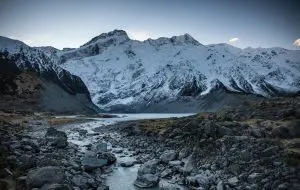
Winter
In New Zealand, winter offers a unique and enchanting array of experiences. The South Island, transformed into a winter wonderland, becomes a haven for snow sports enthusiasts. World-class ski resorts such as Queenstown and Wanaka beckon with pristine slopes for skiing and snowboarding.
The alpine landscapes, including Aoraki/Mount Cook and Fiordland National Park, are draped in a blanket of snow, providing a surreal backdrop for exploration.
Best Things to do in New Zealand in winter:
Unwind in New Zealand’s natural hot pools, such as those in Hanmer Springs or Rotorua. Attend winter festivals like the Queenstown Winter Festival, featuring live music, arts, and a vibrant atmosphere.

Spring
New Zealand in spring unfolds as a captivating season, offering unique and rejuvenating experiences. From September to November, the landscapes burst into life with vibrant blossoms and fresh greenery.
Witnessing the iconic cherry blossoms in locations like the Hamilton Gardens or Alexandra’s blossoming orchards is a visual delight. Spring is an excellent time for outdoor activities, with mild temperatures inviting exploration of the country’s diverse regions.
Best Things to do in New Zealand in spring:
Experience the beauty of spring by witnessing cherry blossoms in full bloom. Enjoy the mild spring temperatures by exploring iconic hiking trails such as the Tongariro Alpine Crossing, Abel Tasman Coast Track, or the Milford Track.

Summer
New Zealand’s summer, spanning from December to February, unfolds as a season of outdoor adventures and vibrant festivities.
With longer daylight hours and warm temperatures, it’s the perfect time to explore the country’s diverse landscapes. The Abel Tasman National Park beckons with golden beaches and crystal-clear waters, inviting visitors to kayak along the stunning coastline.
Best Things to do in New Zealand in summer:
Experience the Canterbury Plains from a different perspective with a hot air balloon ride. Attend summer festivals like the Auckland Lantern Festival or the Marlborough Wine & Food Festival.

Autumn
Autumn in New Zealand, from March to May, paints the landscapes with warm hues and offers unique experiences amid the changing seasons. Witnessing the vivid autumn foliage is a highlight, with destinations like Arrowtown and Wanaka showcasing stunning displays against mountain backdrops. It’s an ideal time for wine enthusiasts to explore vineyards, particularly in Central Otago and Hawke’s Bay, as grape harvests commence.
Best Things to do in New Zealand in autumn:
Experience the charming Arrowtown Autumn Festival in April, celebrating the season with parades, live music, and vibrant displays of autumn foliage.
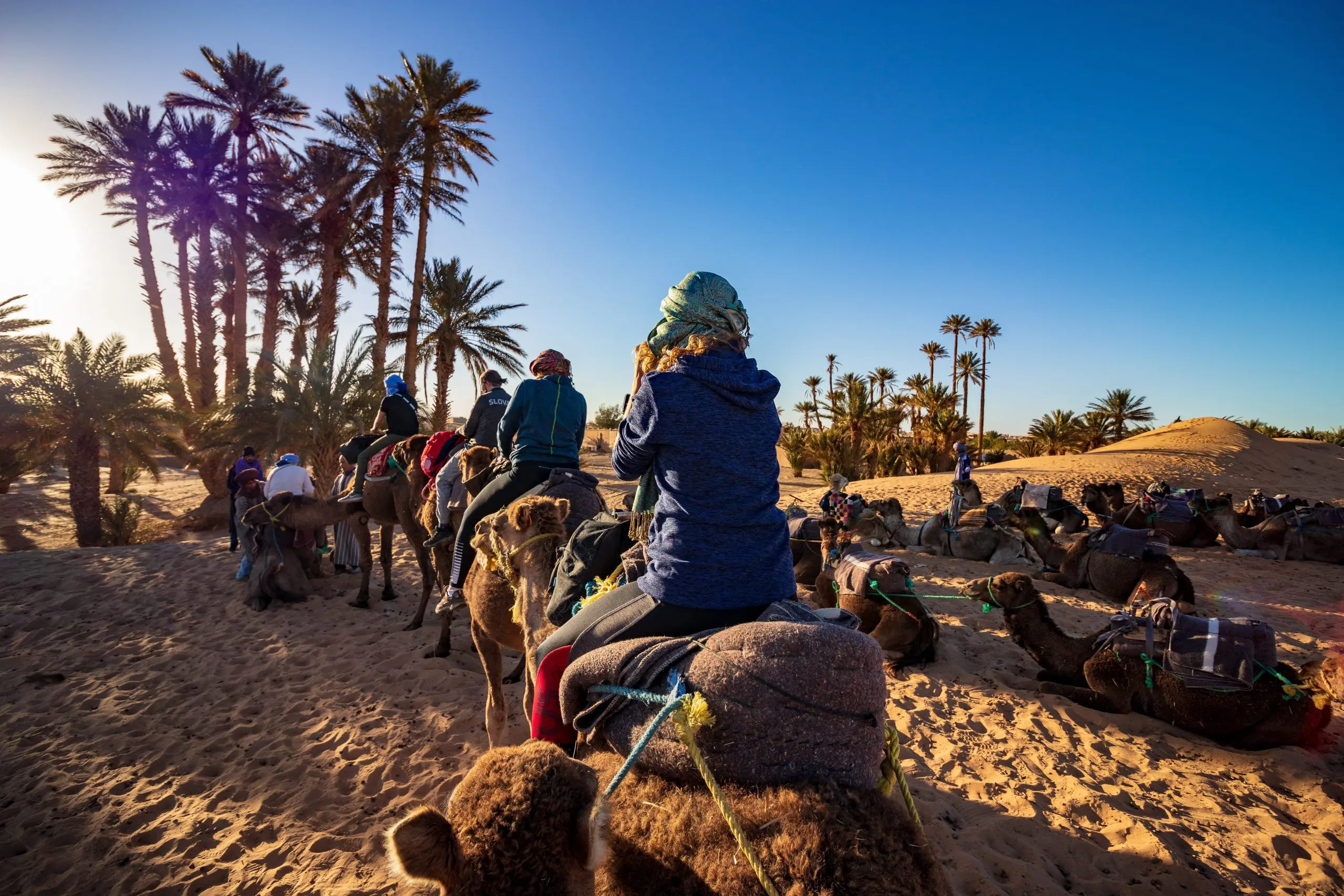 Boxing Day Sale; 2 For 1
Boxing Day Sale; 2 For 1  Croatia Sailing : 2 For 1
Croatia Sailing : 2 For 1 Asia Tours : 2 For 1
Asia Tours : 2 For 1 Central & Eastern Europe Tours: 2 For 1
Central & Eastern Europe Tours: 2 For 1  Why Travel Talk
Why Travel Talk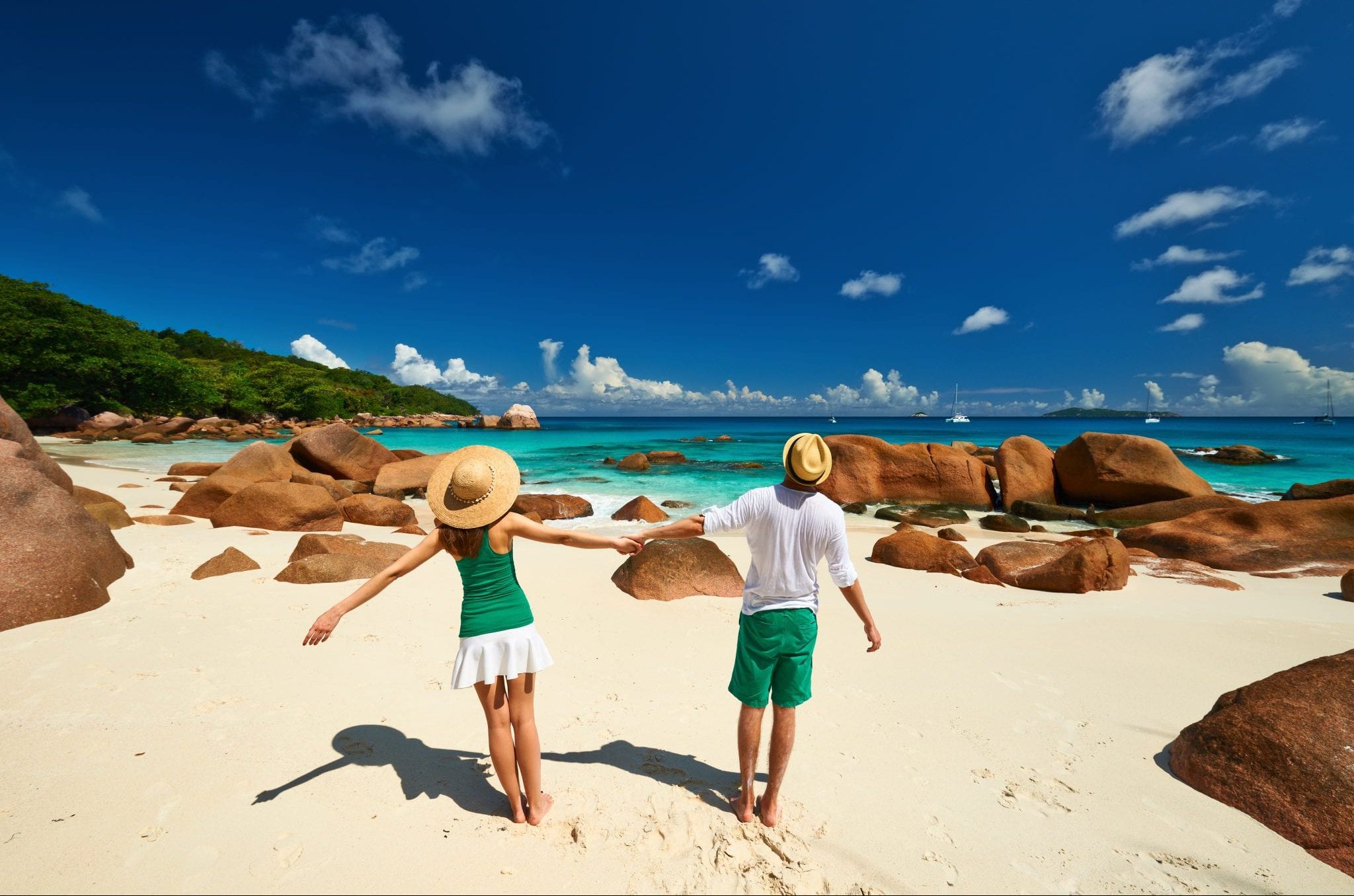 Travel Talk Blog
Travel Talk Blog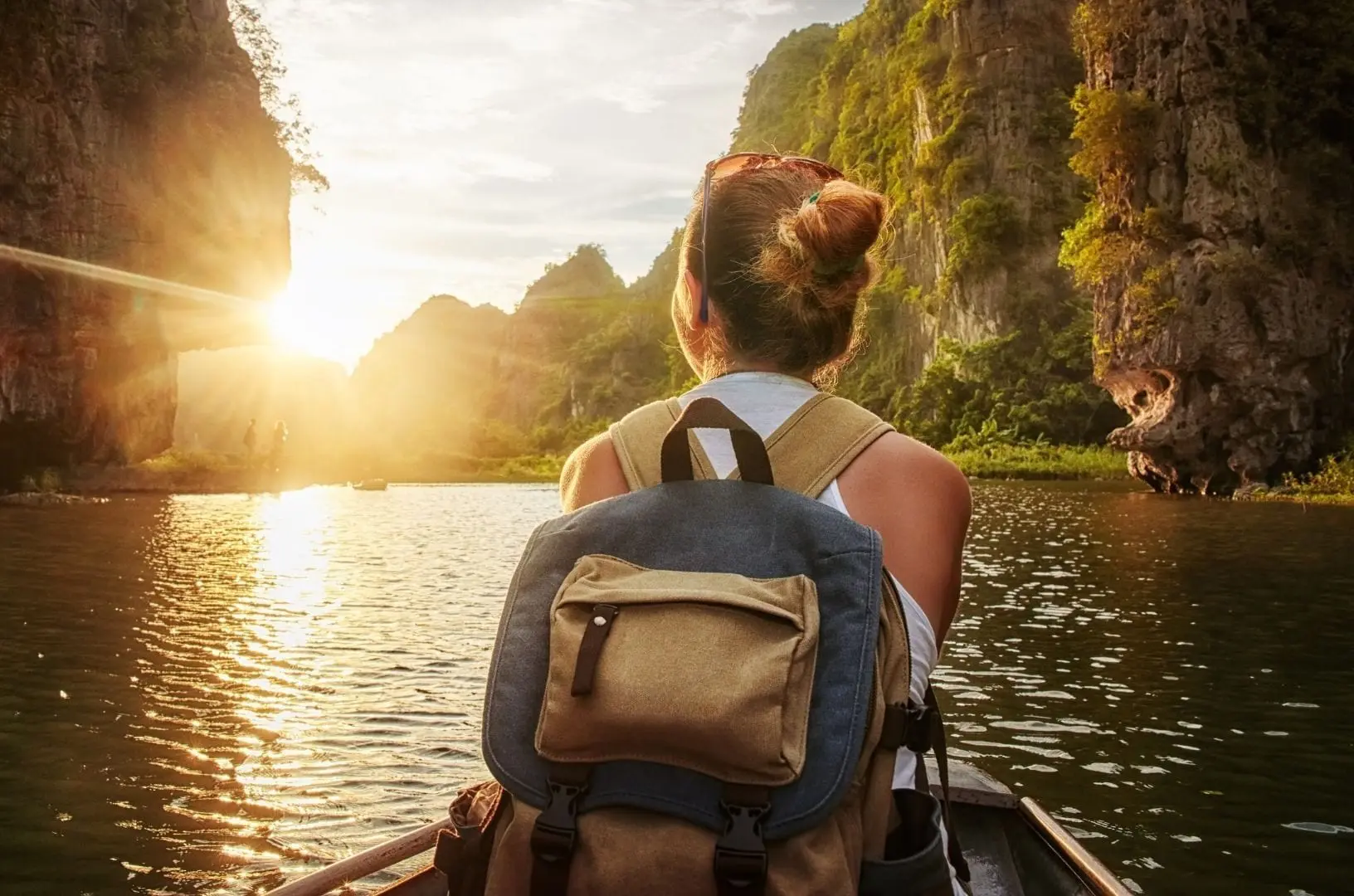 Responsible Travel
Responsible Travel Fair Travels with Travel Talk
Fair Travels with Travel Talk